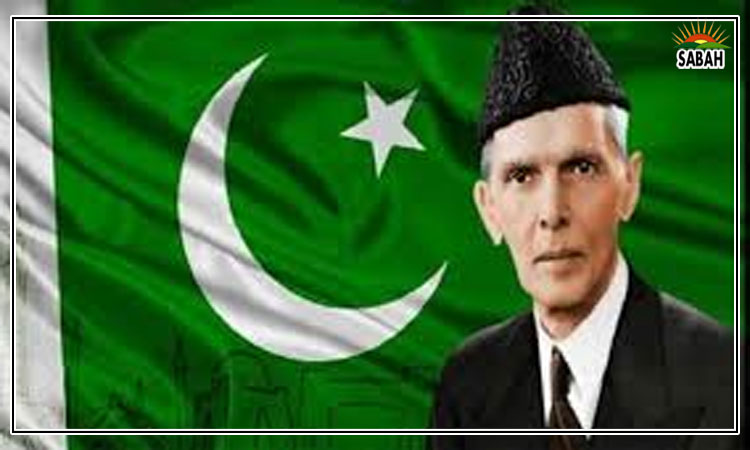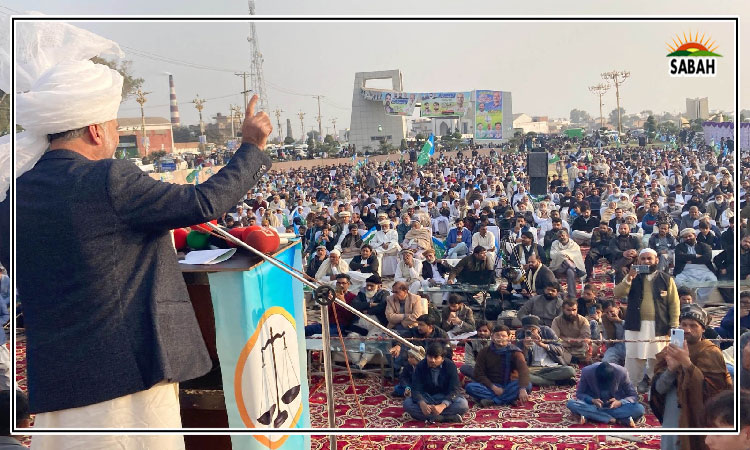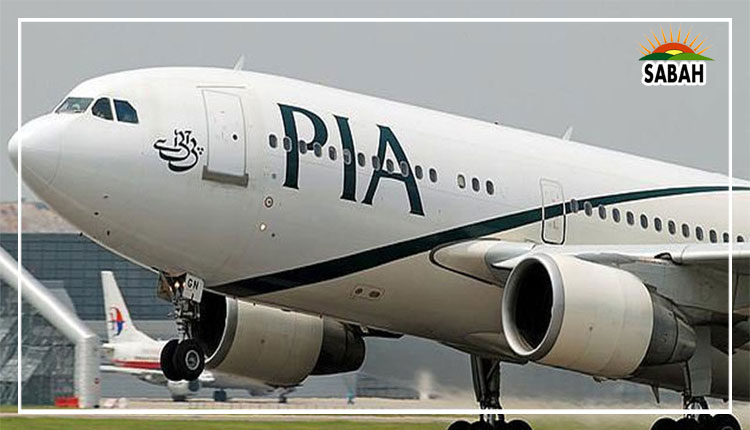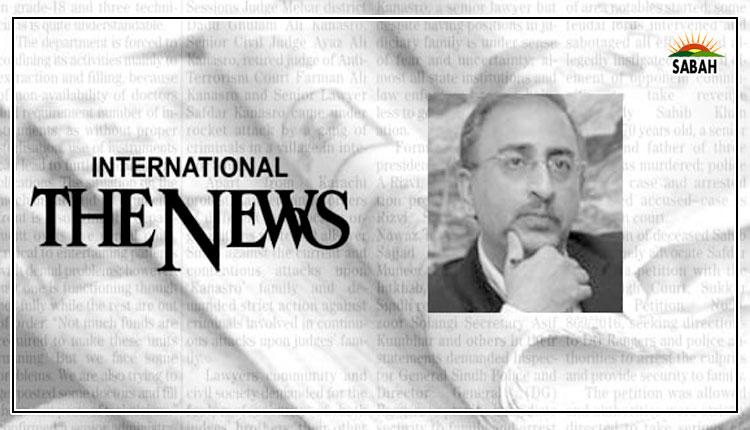Politics of inflation…Dr Farrukh Saleem
Inflation in Pakistan is a political decision. The most recent government-released figures depict a major year-on-year increase of 31 per cent. The 31 per cent increase in prices is a political decision. The price of onions went up by 311 per cent, cigarettes 165 per cent, gas 108 per cent, diesel 94 per cent, eggs 78 per cent, rice 77 per cent, dal moong 73 per cent, bananas 73 per cent, chicken 65 per cent and tea 65 per cent. Yes, these are all political decisions.
Our government claims that inflation is a global phenomenon, which is partly true. However, the inflation rates in Pakistan, Afghanistan, Bangladesh, and India differ significantly. Pakistan’s inflation rate stands at 31 per cent, whereas Afghanistan’s is 5.0 per cent, Bangladesh’s is 9.0 per cent, and India’s is 6.0 per cent. The real question is why Pakistan’s inflation rate is much higher than that of its neighbouring countries. This is a crucial question that needs to be addressed.
The State Bank of Pakistan (SBP) tells us that in 2018 total currency in circulation stood at Rs4,387 billion. Imagine: in the following four years our government printed an additional Rs3,135 billion. Imagine: currency in circulation shot up by an unprecedented 71 per cent in a matter of four years. Imagine, we now have around Rs8,000 billion worth of currency in circulation.
Theres simply too many rupees chasing too few goods. Thats inflation. And, inflation in Pakistans case is a political decision. In more technical terms, inflation is always and everywhere a monetary phenomenon resulting from and accompanied by a rise in the quantity of money relative to output.
Question: why is our government printing so much money? Answer: The government is printing money to fill its growing budget deficit that now exceeds Rs6,000 billion. Essentially, a budget deficit is a political decision where the government decides to spend more than it earns. When the government spends more than its revenues, it must borrow or print money to make up the difference. Printing more money increases the amount of currency in circulation, which in turn leads to inflation and higher prices. Therefore, the government’s decision to print more money to fill its budget deficit has significant economic consequences, such as inflation.
In the 2000s, Zimbabwe resorted to excessive money printing to finance its budget deficit, resulting in hyperinflation. More recently, Venezuela has also faced hyperinflation due to the government’s excessive money printing. Similarly, countries like Argentina, Turkey, and Lebanon have resorted to printing money to finance their budget deficits, leading to high inflation and economic instability for their populations.
The current inflationary spiral in Pakistan has political factors behind it. To control inflation, the government must stop excessive printing of money. Inflation leads to poverty and inequality, reduced purchasing power, increased interest rates, economic instability, and decreased international competitiveness. To be certain, poverty in Pakistan is not an economic issue but a political decision.
Red alert: high rates of inflation often lead to political instability as citizens get frustrated with the governments inability to control rising prices. The flame of public frustration can lead to protests, strikes and other forms of unrest that can destabilize Pakistan.
Courtesy The News












